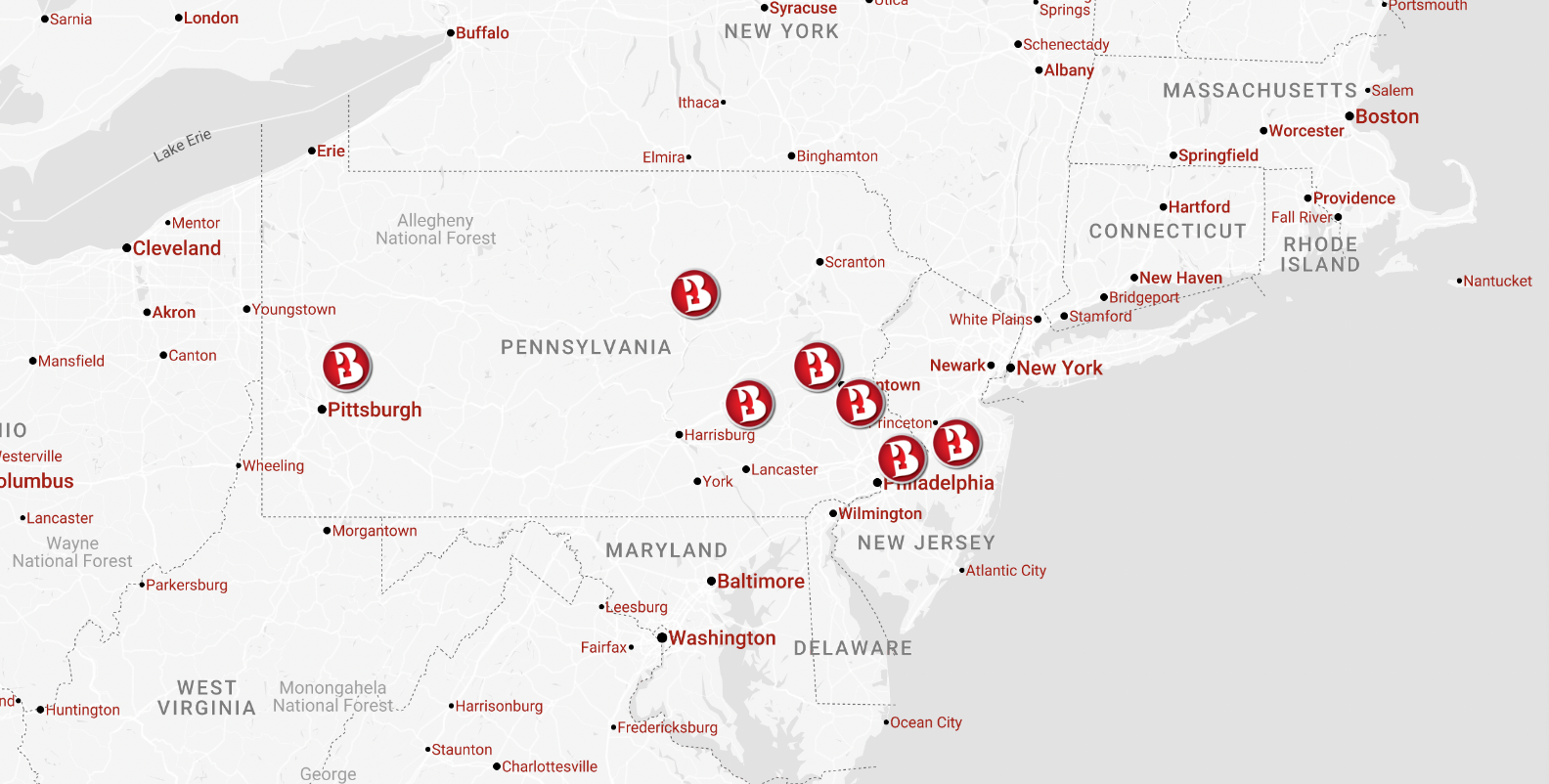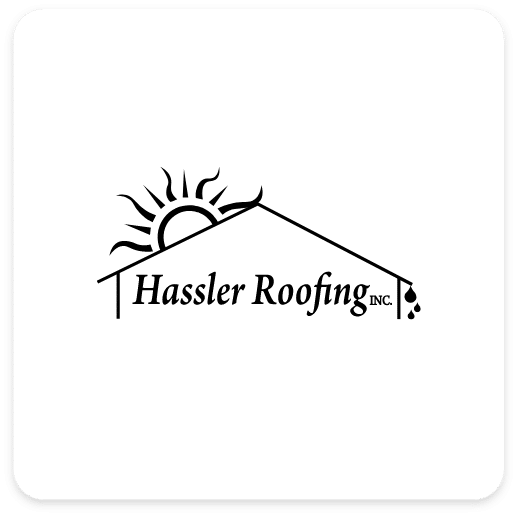50% off new roof installations. Full replacements only, no repairs. Restrictions may apply. Offer ends 12/5/25.
A strong roof is your first line of defense against the elements. It keeps your space dry, your energy costs in check, and your property looking its best. When it’s time for roofing, solar, or exterior work, who you hire matters more than anything. With over 50 years of proven experience and deep local business roots, Bachman’s Roofing is the team that you can trust.
Since our founding in 1972, our company has crafted a legacy of excellence, grounded in expert craftsmanship, personalized, direct service, and an unwavering dedication to our clients and their unique needs. What began as a small operation has grown into a regional leader with multiple locations and a reputation that reaches from Pennsylvania, New York, New Jersey, Delaware, and beyond. With over 1,000 reviews and an average rating of 4.9+ stars, we’ve earned the trust of families and businesses alike in our communities.

Including $0 Down





We install high-performance roofing systems tailored to your property and budget.
Improve insulation and refresh your home’s look with durable, stylish siding options built to last.
Our detailed inspections help catch problems early and provide peace of mind before buying or selling.
We handle flat roofs, TPO, EPDM, and more for businesses of all sizes.
Proper insulation can lower heating and cooling costs while improving indoor comfort year-round.
A durable, low-maintenance option that adds a modern touch and long-term protection.
Elegant and long-lasting, tile roofs offer excellent insulation and a unique aesthetic.
Natural and rustic, cedar shake is known for its character and resistance to the elements.
The most popular choice for a reason: affordable, reliable, and available in a wide variety of colors.
Upgrade your home with modern, energy-smart windows and doors that enhance comfort and give your exterior a refreshed, polished look.
Prevent water damage and foundation problems with seamless, properly fitted gutter systems.
From missing shingles to storm damage, we respond quickly and resolve roofing issues before they escalate.
We offer both traditional panels and solar-integrated roofing systems for clean, efficient energy.
For over five decades, we’ve helped protect homes across the region using refined techniques and lasting craftsmanship. Our family-run business was built atop trust, reliability, and consistency.
From asphalt shingles and metal roofing to solar panels, siding, windows, and more, Bachman’s offers complete solutions under one roof. Whether you’re planning a major remodel or just need minor repairs, we’re your go-to resource.
We live and work where you do, so we know what your home’s up against. From wild weather to unique builds, our local business crews bring the speed, care, and know-how that only comes from being part of the community.
Unlike many contractors, we don’t sub out your work. Our in-house teams are trained, experienced, and held to the highest standards. You get consistent quality from start to finish, with an emphasis on durable materials and precise installation.


Our team covers a big footprint with a local business touch, serving cities and towns across Pennsylvania, New York, New Jersey, Delaware, and beyond. We’ve built long-lasting relationships in these communities, delivering expert craftsmanship and service homeowners can count on.



